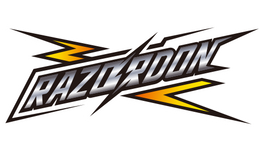
Part 1: Stability & Control Issues
1. Gyro Calibration and Flight Controller Settings
- Calibrate the gyro to match your flying style (e.g., lower sensitivity for beginners). Refer to your model’s manual for specific settings.
- Update the flight controller firmware to ensure compatibility with your transmitter.
- Consult your FBL (Flybarless) unit's manual. Re-run the setup wizard and ensure all parameters,
- Inspect main rotor blades for equal pitch angles. Misalignment can cause wobbling or drifting.
- Replace damaged or unbalanced blades to prevent unwanted oscillations.
- Avoid testing near strong crosswinds; even a light gust can shift a large RC helicopter’s flight pattern.
Part 2: Power & Head Speed Issues
- Check LiPo battery voltage and balance regularly(use a voltage tester). Old or over-discharged batteries reduce RPM and lift.
- Always store unused batteries properly to extend their lifespan.
- Check for motor wear or overheating. Upgrade to a high-performance brushless motor for better power output.

- Adjust the Electronic Speed Controller (ESC) to match your motor and battery specs. Follow manufacturer guidelines to avoid damage.
- Clean the brushless motor after dusty flights; accumulated dirt can reduce torque.
Part 3: Tail Control Problems
- Check Tail Rotor Blades: Inspect for damage or imbalance. Replace bent or worn blades to restore smooth rotation.
- Recalibrate Gyro: Ensure the tail gyro is set to heading-hold mode for stable control. Adjust gain settings for your model.
- Inspect Servo Connections: Tighten loose servo screws and check for binding. Replace worn servos to ensure precise tail response.
- Verify Belt Tension: For belt-driven tails, ensure proper tension to prevent slippage, which causes erratic tail behavior.


